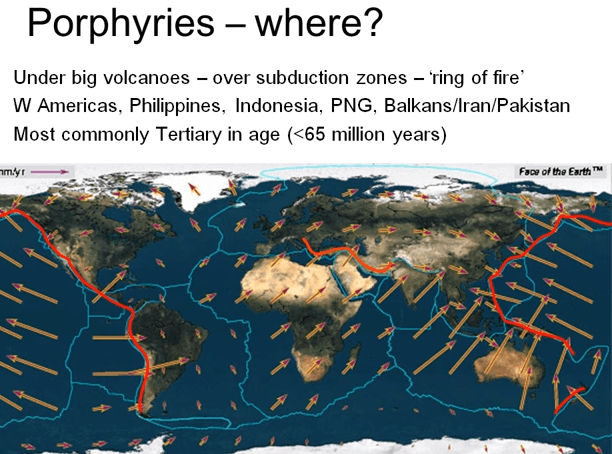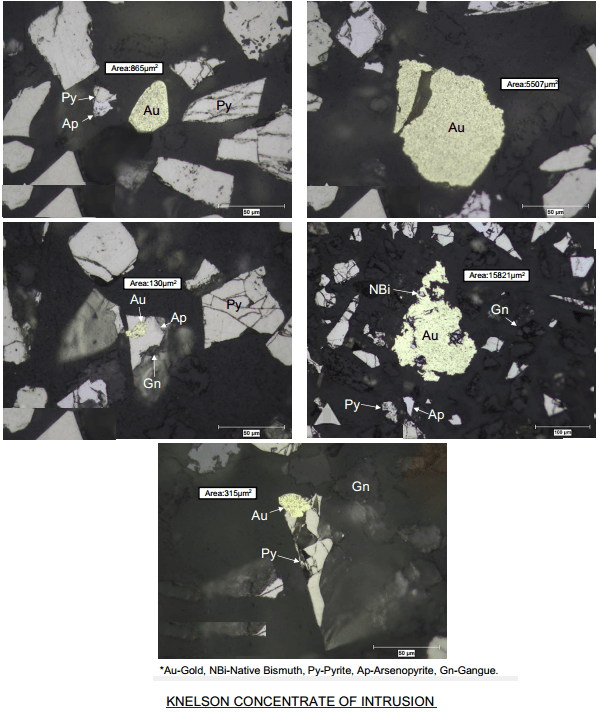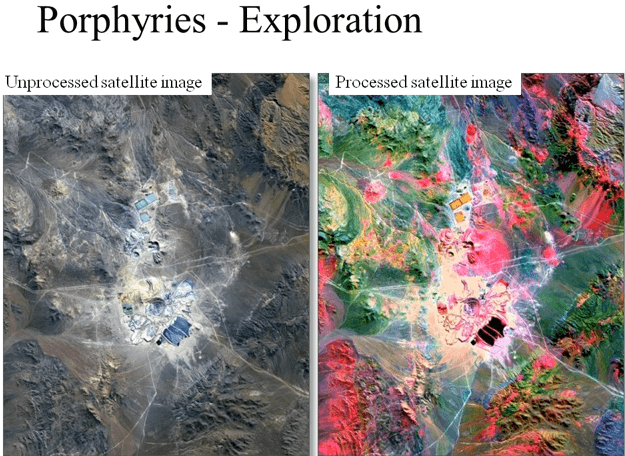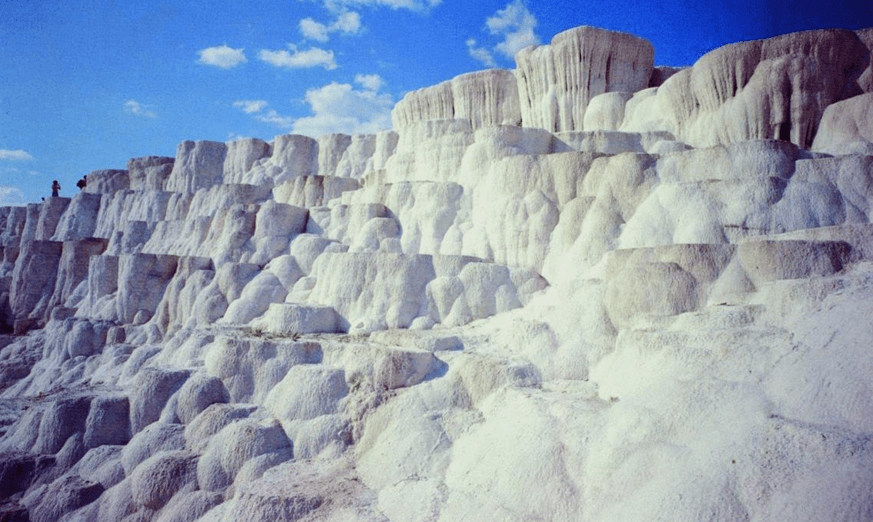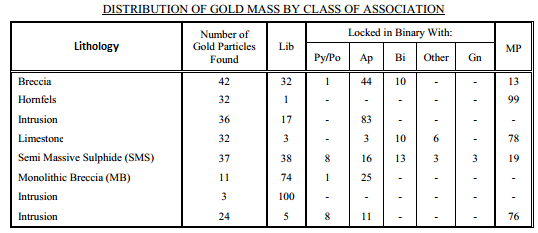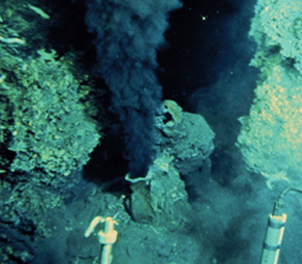Exploration of Porphyry Copper Deposits
So how do we explore for Porphyry Copper Deposits which are completely covered by barren younger rocks? Well let’s back up a bit, we know that porphyries form under large subduction related volcanoes and that most of these are located under the ring of fire around the subducting pacific plate another fertile subduction zone occurs … Read more

